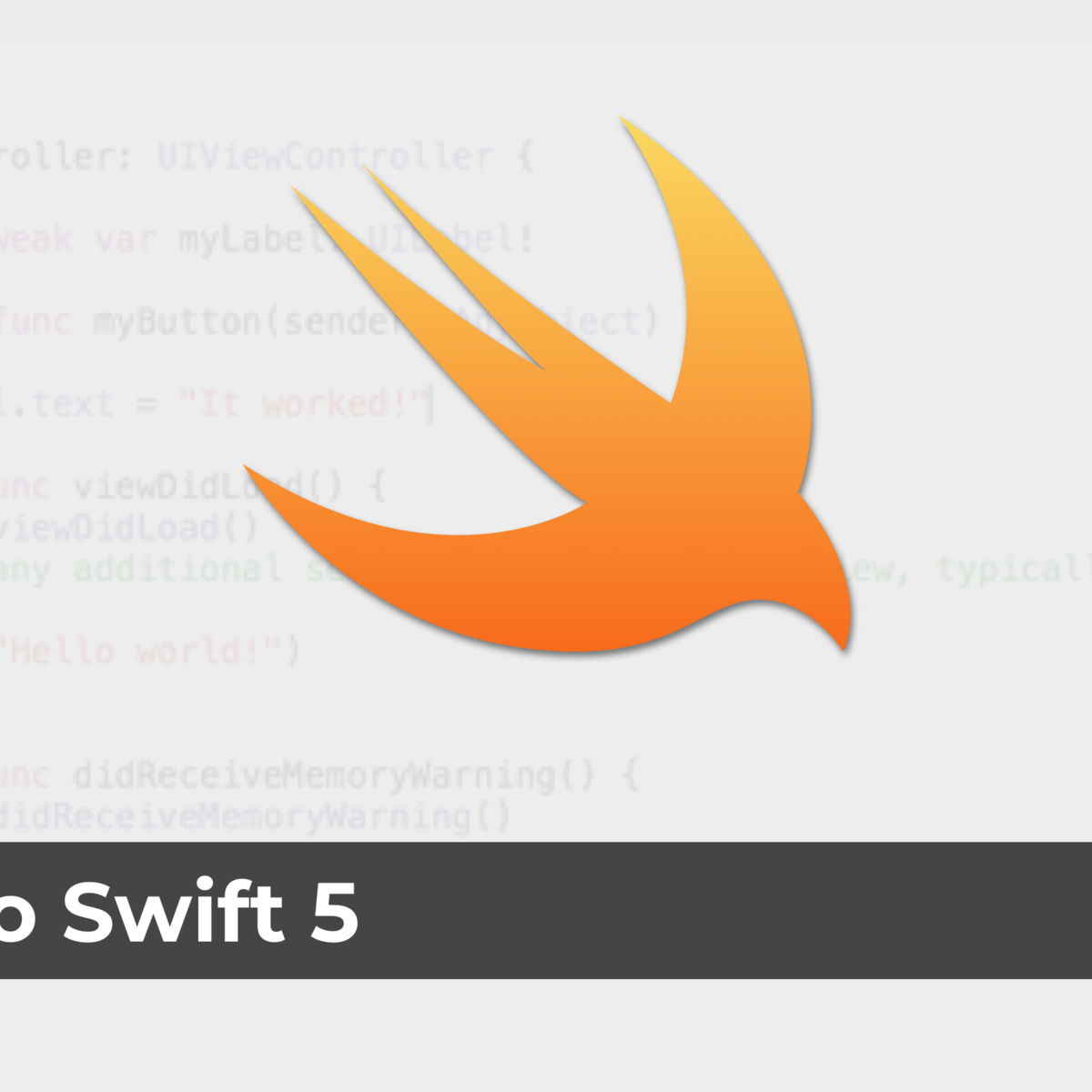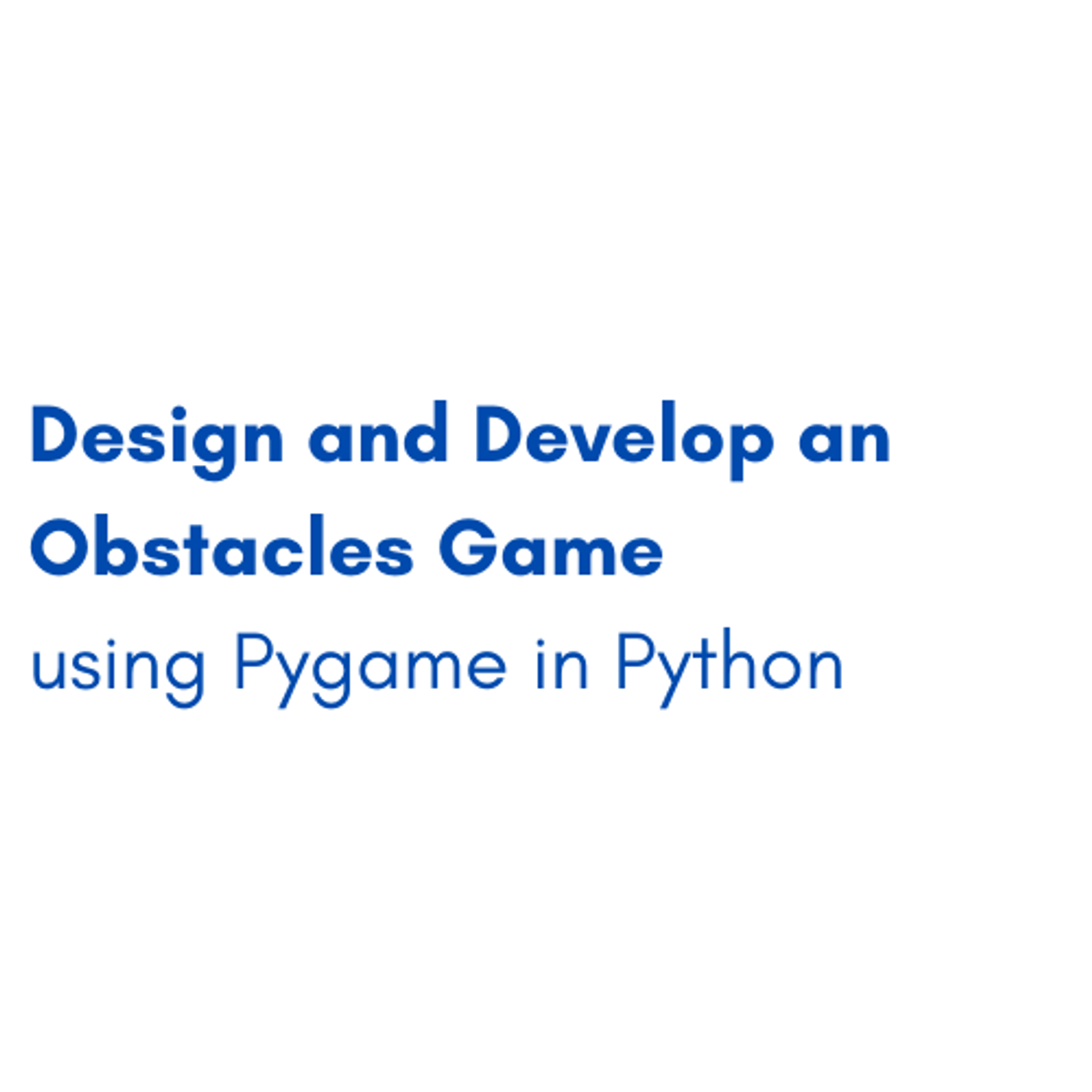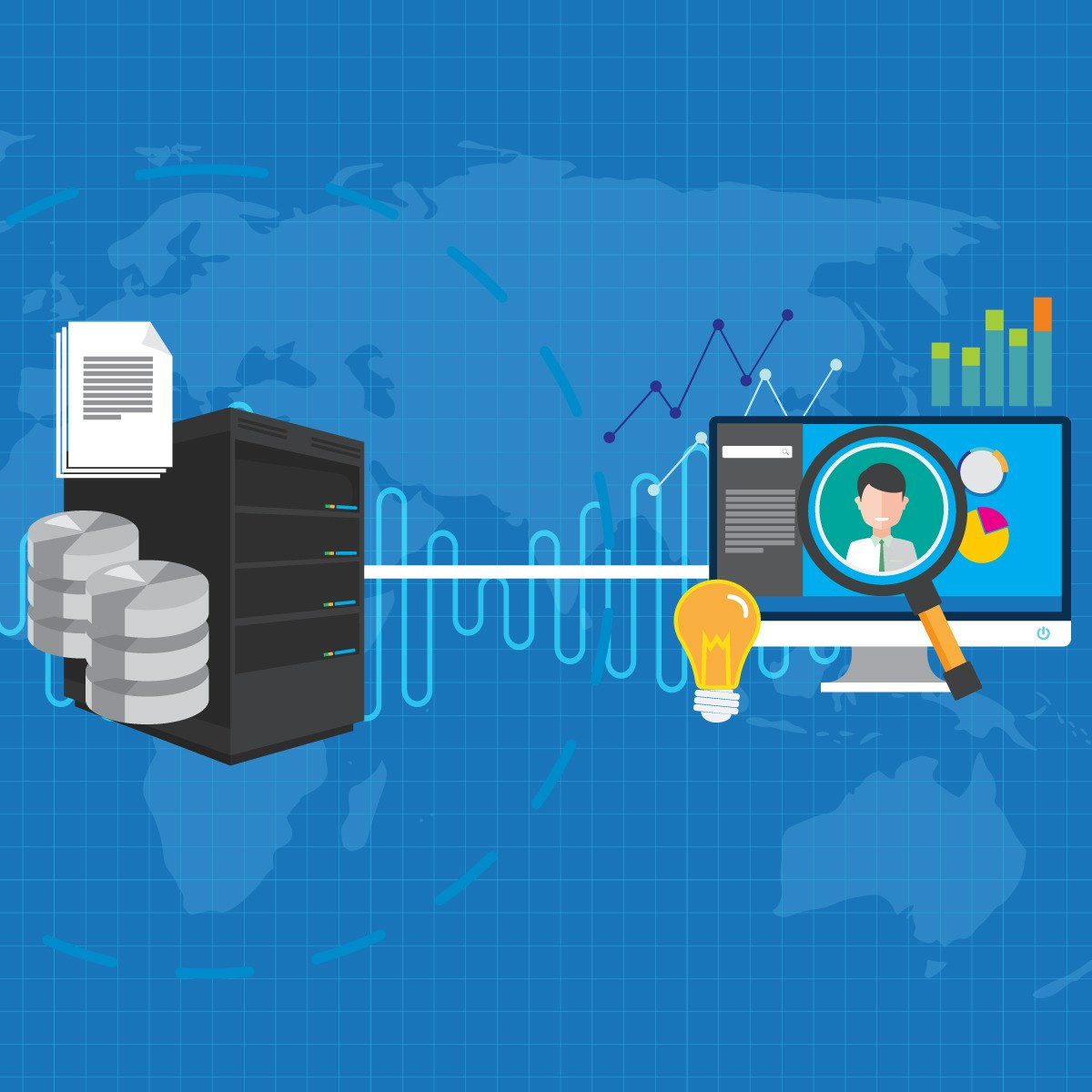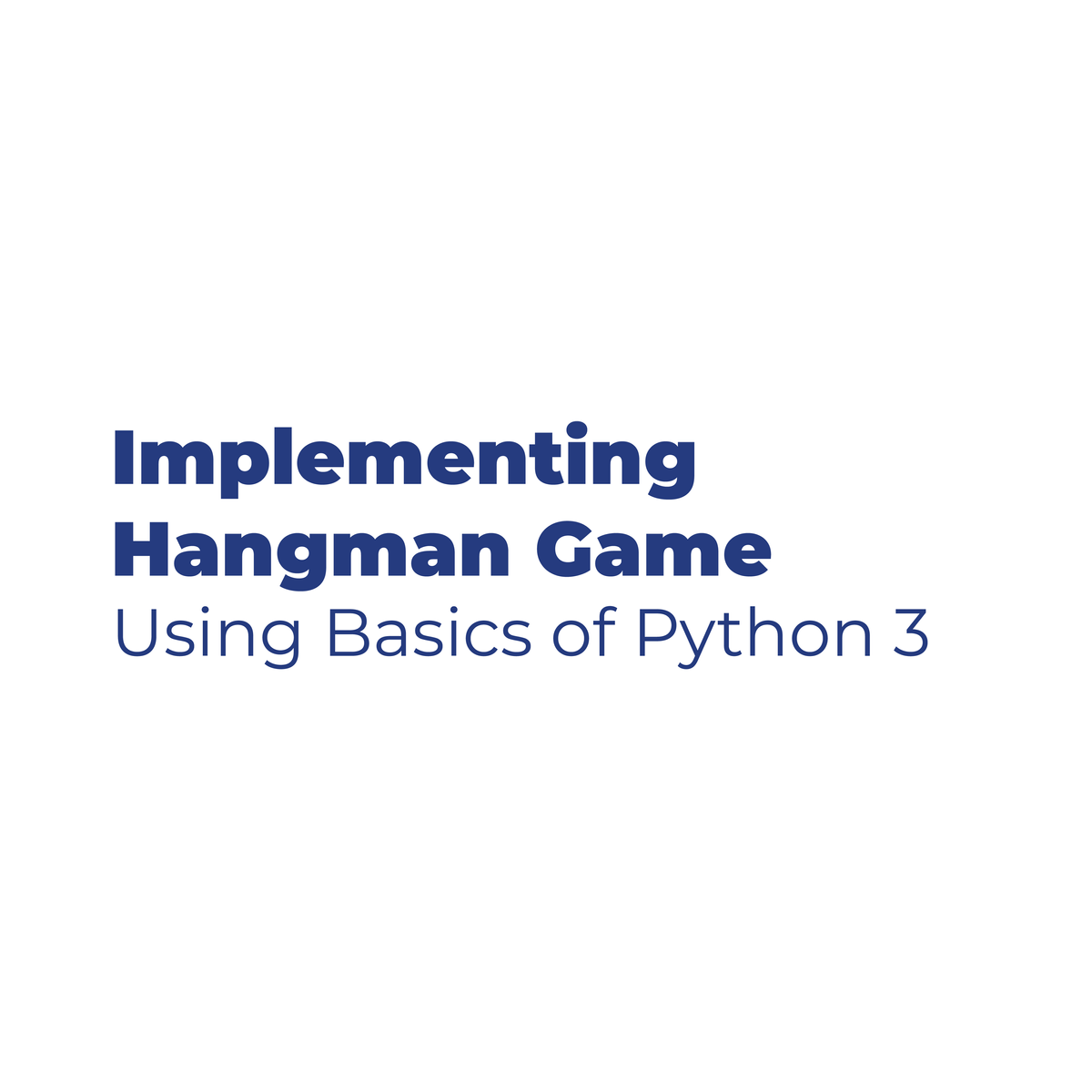Back to Courses









Computer Science Courses - Page 138
Showing results 1371-1380 of 2309

Introduction to Programming in Swift 5
Welcome to Introduction to Programming in Swift 5.
In this course we will introduce you to the absolute basics of the Swift programming language. Whether you are a brand new programmer or have experience with other programming languages this course is for you.
Some of the things you will learn in this course are:
• An Introduction to Swift 5 programming concepts
• Installing the necessary tools
• Working with data such as Integers and Strings
• Creating reusable code with functions
• Working with data constructs such as arrays and dictionaries
• Object-oriented programming
• Model View Controller
By the end of this course you will know how to build simple programs with the Swift programming language and you will be ready to learn iOS mobile development.

Blockchain: Foundations and Use Cases
This course is the definitive introduction to blockchain for both the developer and non-developer audience. Beyond the technology, this course will introduce you to some of the philosophy behind decentralization and why there is so much excitement around it. Join ConsenSys Academy and course instructor Nick Nelson in this rich-media introduction to the foundations of blockchain.
During the first three modules, you'll be introduced to blockchain and the technology behind it. In module four, we'll go beyond bitcoin and delve deeper into a next-generation blockchain called Ethereum to introduce you to what modern blockchains can do. The use cases featured in the final module are drawn from among the businesses in ConsenSys portfolio. We believe we're uniquely positioned to present you with a valuable behind-the-scenes look at the people and companies working in this space to help give you a better understanding of the business side of blockchain.
Together, we'll examine businesses use cases, hear from industry leaders, and give you the opportunity to develop and analyze a use case yourself. With this course, not only will you be the one who is able to explain blockchain to your colleagues, you'll be well on your way to making educated business decisions with your new, foundational understanding of the technology.

Design and Develop an Obstacles Game using Pygame in Python
By the end of this project, you will be able to create a fully functioning Obstacles Game using Pygame in Python. You will be able to import modules, to design a game using pygame such as how to change font, its size, its color and the size of the display window. You will also be able to import a picture, move it in x and y direction and draw obstacles and move them. Moreover, you will be able to display text in your window and change its font, color and position. Learning pygame will help you to learn about game development, computer graphics and sound libraries designed to be used with the Python programming language , which you will acquire the important steps to be a game developer.
This guided project is for intermediate learners in the field of game development and computer graphics. It provides you with the important steps to be a game developer. Moreover, it equips you with the knowledge in pygame and python.
Note: This course works best for learners who are based in the North America region. We’re currently working on providing the same experience in other regions.

Juniper Networks Automation Using Python and PyEZ
This course will introduce you to fundamental concepts of a programming language called Python. After introducing you to Python concepts, the course describes how to apply those concepts to network automation using Junos PyEZ, a free Python library from Juniper Networks. This course demonstrates using Python and Junos PyEZ to automate the management of Junos OS devices.

Getting Started with Data Warehousing and BI Analytics
Data is one of an organization’s most valuable commodities. But how can organizations best use their data? And how does the organization determine which data is the most recent, accurate, and useful for business decision making at the highest level?
After taking this course, you will be able to describe different kinds of repositories including data marts, data lakes, and data reservoirs, and explain their functions and uses.
A data warehouse is a large repository of data that has been cleaned to a consistent quality. Not all data repositories are used in the same way or require the same rigor when choosing what data to store. Data warehouses are designed to enable rapid business decision making through accurate and flexible reporting and data analysis. A data warehouse is one of the most fundamental business intelligence tools in use today, and one that successful Data Engineers must understand.
You will also be able to describe how data warehouses serve a single source of data truth for organization’s current and historical data.
Organizations create data value using analytics and business intelligence applications. Now that you have experienced the ELT process, gain hands-on analytics and business intelligence experience using IBM Cognos and its reporting, dashboard features including visualization capabilities.
Finally, you will complete a shareable final project that enables you to demonstrate the skills you acquired in each module.

Implementing Hangman Game Using Basics of Python 3
In this 1-hour long project-based course, you will learn how to get input from the user and then display it in a separate line and use different data types to store the variables in them. You will also be able to use the if conditions to let the program make decisions whether the player guessed a correct character or not and keeping track that the number of turns is not zero. In addition, you will be able to implement the definite type of loops, that will be used to continue the game. By the end of the project, you will get to know and implement recursive function, that will help having a more user friendly game.
Note: This course works best for learners who are based in the North America region. We’re currently working on providing the same experience in other regions.

Use Commands and Create a Remote Git Repository
A key to maintaining a project under version control is to store it as a remote repository on a server that is backed up over time. Keeping a project on a remote repository not only provides a back-up of the project; it also allows others to collaborate on the project. In the case of Git there are several remote repository options out there. Github and BitBucket are two of the more popular choices, each with a free option and a subscription option.
In this course, you will create a remote Git repository using an existing Git project containing directories and files. You will use Git commands such as push, pull, fetch, branch, and merge to make changes to your local Git repository and add them to the remote repository.
Note: This course works best for learners who are based in the North America region. We’re currently working on providing the same experience in other regions.

Big Data, Artificial Intelligence, and Ethics
This course gives you context and first-hand experience with the two major catalyzers of the computational science revolution: big data and artificial intelligence. With more than 99% of all mediated information in digital format and with 98% of the world population using digital technology, humanity produces an impressive digital footprint. In theory, this provides unprecedented opportunities to understand and shape society. In practice, the only way this information deluge can be processed is through using the same digital technologies that produced it. Data is the fuel, but machine learning it the motor to extract remarkable new knowledge from vasts amounts of data. Since an important part of this data is about ourselves, using algorithms in order to learn more about ourselves naturally leads to ethical questions. Therefore, we cannot finish this course without also talking about research ethics and about some of the old and new lines computational social scientists have to keep in mind. As hands-on labs, you will use IBM Watson’s artificial intelligence to extract the personality of people from their digital text traces, and you will experience the power and limitations of machine learning by teaching two teachable machines from Google yourself.

Software Engineering: Software Design and Project Management
Software Development Life Cycle (SDLC) is the process of developing software through planning, requirement analysis, design, implementation, testing, and maintenance. This course focuses on the project planning and analysis/design phases of SDLC, and you will learn about different architectural patterns and design patterns to solve common problems in software design. It covers project planning, scheduling, and cost estimating, which are the principal tasks of software project managers.
Basic object-oriented programming (OOP) concepts are required to understand different design patterns covered in this course. System design is driven by the UML models derived from requirement analysis. It is recommended to take the course "Software Engineering: Modeling Software Systems using UML" before attempting this course, but it is not a hard requirement.

Design and Develop a Website using Figma and CSS
In this 2-hour long project-based course, you will learn how to use the basic tools and features of Figma, design a website’s prototype and convert it into a website exactly as designed, using HTML and CSS.
Note: This course works best for learners who are based in the North America region. We’re currently working on providing the same experience in other regions.
